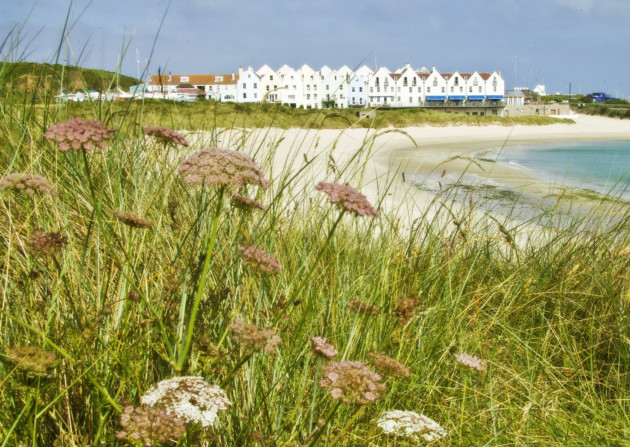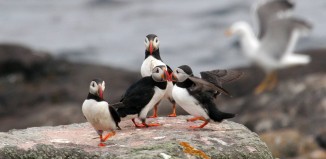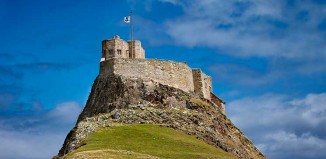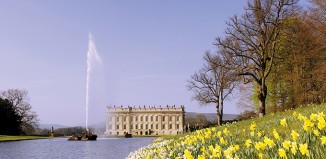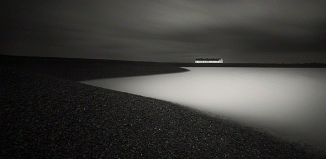Alderney, Channel Islands
From the air, the wild beauty and diminutive scale of Alderney is immediately apparent, and yet it is the third largest of the Channel Islands at 3½ miles long and 1½ miles wide, and only eight miles from the tip of the Normandy coast.
For visitors the highlight of any trip (a 15-minute flight from Guernsey) is the opportunity to explore the 50 miles of unspoilt country walks leading across heath, common and beach, while admiring the island’s birdlife en route. Gannets flock noisily to Les Etacs rock, within easy sight of the island, and a ‘puffin cam’ is installed on the nearby designated bird sanctuary isle of Burhou, broadcasting footage of the comical creatures going about their lives. Call in to the Alderney Visitor and Wildlife Centre in the quaint town of St Anne for ideas about the best times and places to wildlife spot. If you’re lucky you’ll catch sight of a black rabbit or blonde hedgehog – the latter said to have been introduced in the 1960s via a Harrods shopping bag!
Alderney benefits from the same self-governing laws as its nearest neighbour Guernsey, but the pace of island life is noticeably slower, even in the town. Here, most activity revolves around St Anne’s Victoria Street inspired by the visit of Queen Victoria in 1854. Shops, pubs and cafés serve the island and its visitors well, and the Parish Church of St Anne is a reminder of Alderney’s Christian faith. Built in 1850 to the design of Sir George Gilbert Scott, it is one of the finest Victorian buildings in the Channel Islands.
The prominent concrete fortifications left by the Germans during their Occupation in the Second World War are reminders of a history many would prefer to forget. A total of 30,235 mines were laid on Alderney, while anti-aircraft and anti-tank guns blotted the landscape, along with menacing observation posts. Time (and agriculture) has disguised some of these remains. Not nearly as unsightly are the island’s Victorian forts, many of which have now been converted into lavish residences. In 1844 the Admiralty feared a French attack and set about building a harbour enclosed by two vast breakwaters in Braye Bay, part of which fell into the sea. The project was a white elephant and by 1864 more than a million pounds had been spent, yet the harbour was not large enough to house the warships of the time.
To learn more history, head to the Alderney Society Museum in St Anne’s High Street, where wartime exhibits along with items salvaged from a recently and locally discovered Elizabethan wreck are displayed. The museum was directly involved in one of Alderney’s most controversial art projects yet: British sculptor Andy Goldsworthy has created the Alderney Stones, 5ft-diameter spheres which in April 2011 were placed around the island. Built of compacted earth, the 11 ‘stones’ will naturally erode over time to reveal items hidden inside. An Alderney Stones walk leaflet is available. On your travels, whether by car or on foot, don’t miss Mannez Lighthouse, a black and white striped tower built in 1912, where tours are available throughout the summer.
Weekend visitors may also like to take a trip on the Alderney Railway, the only one of its kind in the Channel Islands. Built in 1840 to transport building stone, the railway took on its new career as a passenger service in 1980. Just over 2,000 people reside on Alderney today, along with the gannets, whose home on the west coast has been designated a Ramsar site by the UN Convention on Wetlands of International Importance. For anyone seeking paradise without the long haul, look no further.

